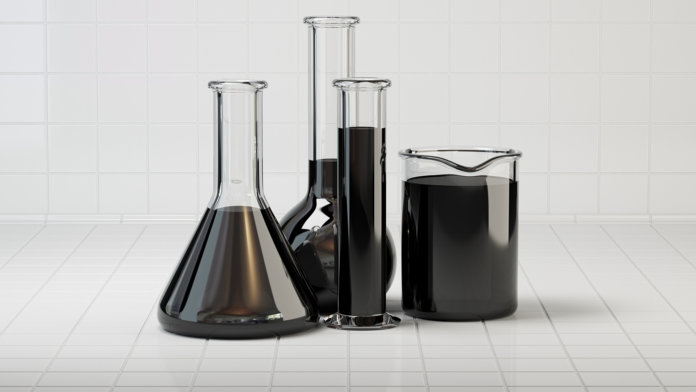Each time you flush a toilet, it’s the beginning of a long journey. Your waste makes its way through a maze of pipes and sewers, eventually reaching its first destination: a sewage treatment plant.
There, liquids are separated from solids, and each goes through a different multi-step process to neutralize toxins. Once they’re pure enough, liquids are discharged into nearby surface water (a river, lake, or canal), while solids go to a landfill or are further treated to be used as fertilizer.
What if at the end of this long journey, instead of a landfill there was energy? What if you could fuel your car by going to the bathroom?
As far-fetched as this idea sounds, it’s becoming a reality.
Researchers at the Department of Energy’s Pacific Northwest National Laboratory have successfully taken raw sewage and converted it to what they call biocrude oil, which can be refined in the same way as crude oil to make fuels like gasoline and diesel.
How it’s done
So how does poop get turned into biocrude?
The technique is called hydrothermal liquefaction, and it’s an accelerated, artificial version of the process by which crude oil is created inside the Earth’s crust. Waste is subjected to high pressure and temperature—3,000 pounds per square inch and 660 degrees Fahrenheit, respectively—which cause it to break down into basic chemical compounds.
Water, most importantly, dissociates into hydrogen (H+) and hydroxide (OH−) ions, taking on solvent properties and becoming a catalyst for the chemical reactions that create oil.
Scientists have essentially taken a natural process that normally takes millions of years and replicated it in a lab such that it can be done in hours.
Until now, it wasn’t practical to use wet waste as a base for fuel production because it first had to be dried, and drying uses a lot of energy. Hydrothermal liquefaction eliminates the need for drying. On top of that, a study by the Water Environment & Reuse Foundation found that hydrothermal liquefaction has a high carbon conversion efficiency rate at almost 60 percent.
How much poop is enough poop?
In the US, about 34 billion gallons of sewage are treated on a daily basis. It’s estimated those 34 billion daily gallons could produce 30 million barrels of oil per year.
Let’s do the math: 34 billion gallons a day is 12.4 trillion gallons a year. There are 42 gallons in one barrel of crude oil. That’s 1.26 billion gallons of biocrude from 12.4 trillion gallons of poop, which means just 0.01 percent of what we flush would end up as biocrude.
The researchers working on this project estimated one person, over the course of a year, could generate two to three gallons of biocrude oil. A 42-gallon barrel of crude oil yields about 19 gallons of gasoline, so assuming a similar conversion rate, three gallons of biocrude may yield about 1.4 gallons of gasoline.
Poop for a whole year and, at today’s average fuel economy rates, you’ll have enough gas to drive your car about 40 miles—an average one-day, round-trip commute.
It’s happening
Despite these seemingly underwhelming figures, plans to put hydrothermal liquefaction to use are moving forward. Pacific Northwest National Laboratory licensed the technology to production equipment manufacturer Genifuel, which is working with Metro Vancouver (23 local authorities in British Columbia, Canada) to build a demonstration plant.
The chair of Metro Vancouver’s Utilities Committee estimated that the pilot project will cost 8 to 9 million Canadian dollars. Metro Vancouver will provide about half of this and seek external funding for the rest. Once the project has its funding, it will move to the design phase in 2017 and launch in 2018.
What about clean energy?
When all the focus seems to be on moving away from fossil fuels toward cleaner energy—most notably, solar—it seems counterintuitive to focus on another form of petroleum. Almost every major automaker has introduced a hybrid or fully electric car. Companies like Google and Tesla are investing heavily in driverless technology, and all their prototypes are battery-powered. The message is clear: fossil fuels will soon be ancient history.
That said, we don’t know just how soon “soon” is. And, well, besides fertilizer, there’s not too many other useful things poop can be turned into. So if we have the technology to turn it into fuel, though it will barely put a dent in total US demand for oil, perhaps it’s better than putting it into a landfill.
One idea is that a sewage treatment plant could use the energy created by the waste it processes to process more waste; in other words, a closed-loop operation with zero net energy and zero residuals.
Whether our poop ends up fueling cars or fueling the facility that treats it, it would be comforting to know we’re doing the Earth a little bit of good each time we flush.
Image Credit: Shutterstock



